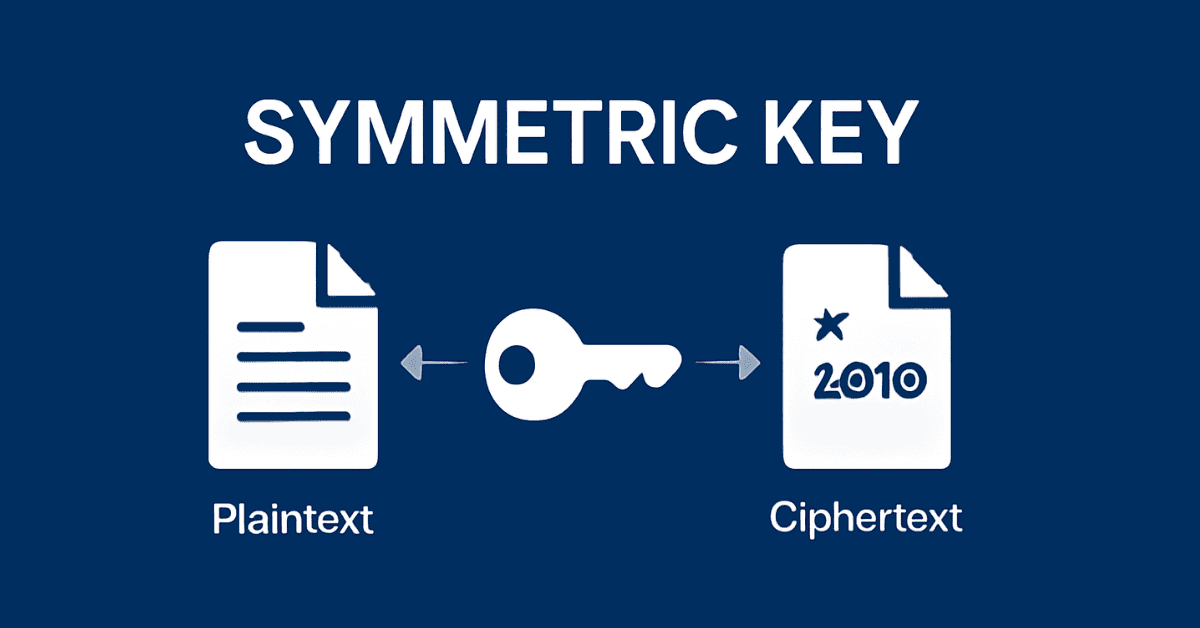
Understanding Symmetric Key in Security
1. What is Symmetric Key Encryption?
Symmetric key encryption is a method where the same key is used for both encrypting and decrypting data. This key is called symmetric because it is the same at both ends of the information exchange.
2. How Symmetric Encryption Works
The process of encryption and decryption uses a single key. When data needs to be encrypted, the original information (plaintext) is transformed into encrypted data (ciphertext) using the shared key. Upon receiving the data, the recipient uses the same key to decrypt and restore the original data.
3. Common Symmetric Encryption Algorithms
Common symmetric encryption algorithms in the crypto market include AES, DES, Blowfish, and Twofish. AES is widely used today, with various key length options such as 128, 192, and 256 bits.
4. Applications of Symmetric Encryption in Crypto
Symmetric encryption is used to protect cryptocurrency transactions, wallet data, and user personal information. Solutions like Optimism and Arbitrum in Layer 2 also use symmetric encryption to protect off-chain data before it is verified on the main blockchain.
5. Challenges and Risks of Using Symmetric Encryption
While symmetric encryption is effective in securing data, managing and sharing keys presents a significant challenge. If the key is compromised or exposed, all encrypted information can be decrypted. Security methods like multi-factor authentication (MFA) and Key Management Systems (KMS) are recommended to mitigate these risks.